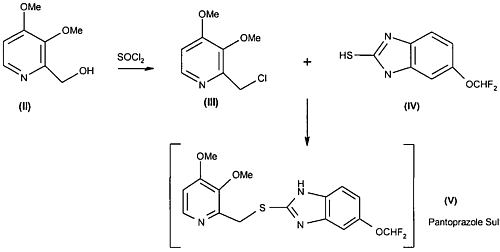A group of migrants heading home after the lockdown over coronavirus was hosed down with a chlorine solution in Bareilly, triggering criticism and then an admission from the local authorities that they went too far.
A state government official, however, argued that such spraying of people is permitted internationally. But the authorities did not follow the right procedure, he said.
A fire brigade official said the migrants were sprayed with a solution containing sodium hypochlorite. It is often used to keep swimming pools sanitised.
The incident, caught on video and shared on social media, took place at Bareilly's Satellite bus station on Sunday.

The clip showed several migrants squatting on the ground as men in protective suits hosed them down. Someone is heard telling people to shut their eyes as the spraying begins.
Several people in the group, which included women and children, complained of a burning sensation in the eyes.
Chief Fire Officer C M Sharma said spraying the group with sodium hypochlorite was necessary for "disinfecting".
However, the move led to widespread outrage on social media, particularly given it is essentially bleach.
What is sodium hypochlorite?
NaOCl is a compound used for water purification and largely for surface purification, bleaching, odour removal and water disinfection. It was first discovered in 1785 by a Frenchman named Berthollet. It was introduced by a company and called ‘liquer de Javel’ and in France it’s still called ‘eau de Javel’.

How is it produced?
Cl2 + 2NaOH + → NaOCl + NaCl + H2O
Characteristics
It’s a clear, slightly yellowish solution with a characteristic odour and a relative density of (5,5% watery solution). A bleaching agent for domestic uses contains 5% sodium hypochlorite (with a pH of 11) and if it’s 10-15% sodium hypochlorite (it has a pH of 13 and burns and is corrosive).
It’s largely used in agriculture, chemical industries, food industries, etc. It’s also applied in swimming pools. It should be noted that it’s a corrosive substance and safety measures should be taken to protect workers and the environment. It’s fair to say that no matter how diluted, it shouldn’t be sprayed on people at all.
People exposed to sodium hypochlorite can suffer coughing and sore throat. It can also cause stomach ache, burning sensation, coughing, diarrhoea and vomiting. On the skins it can cause redness and pain.











